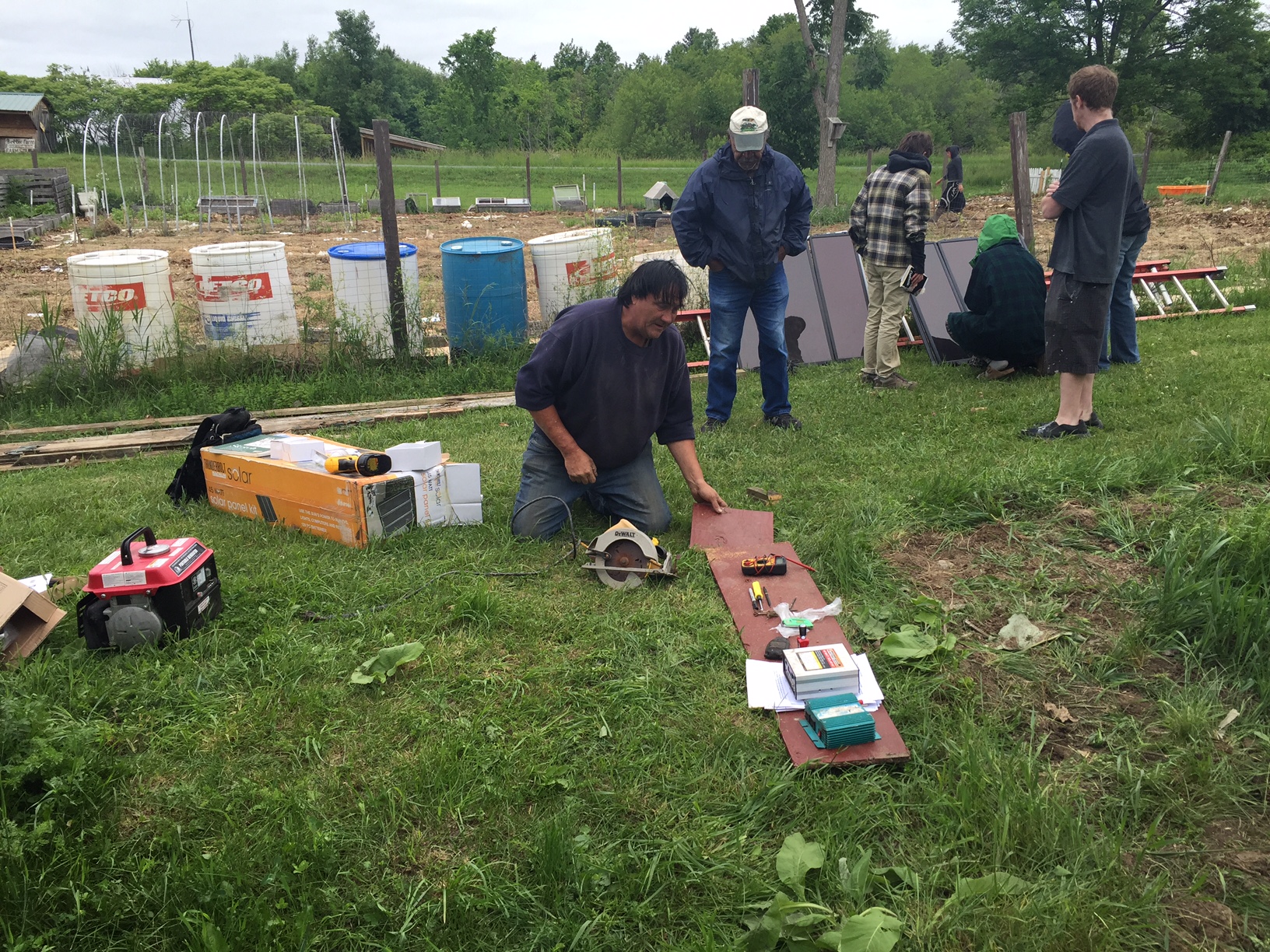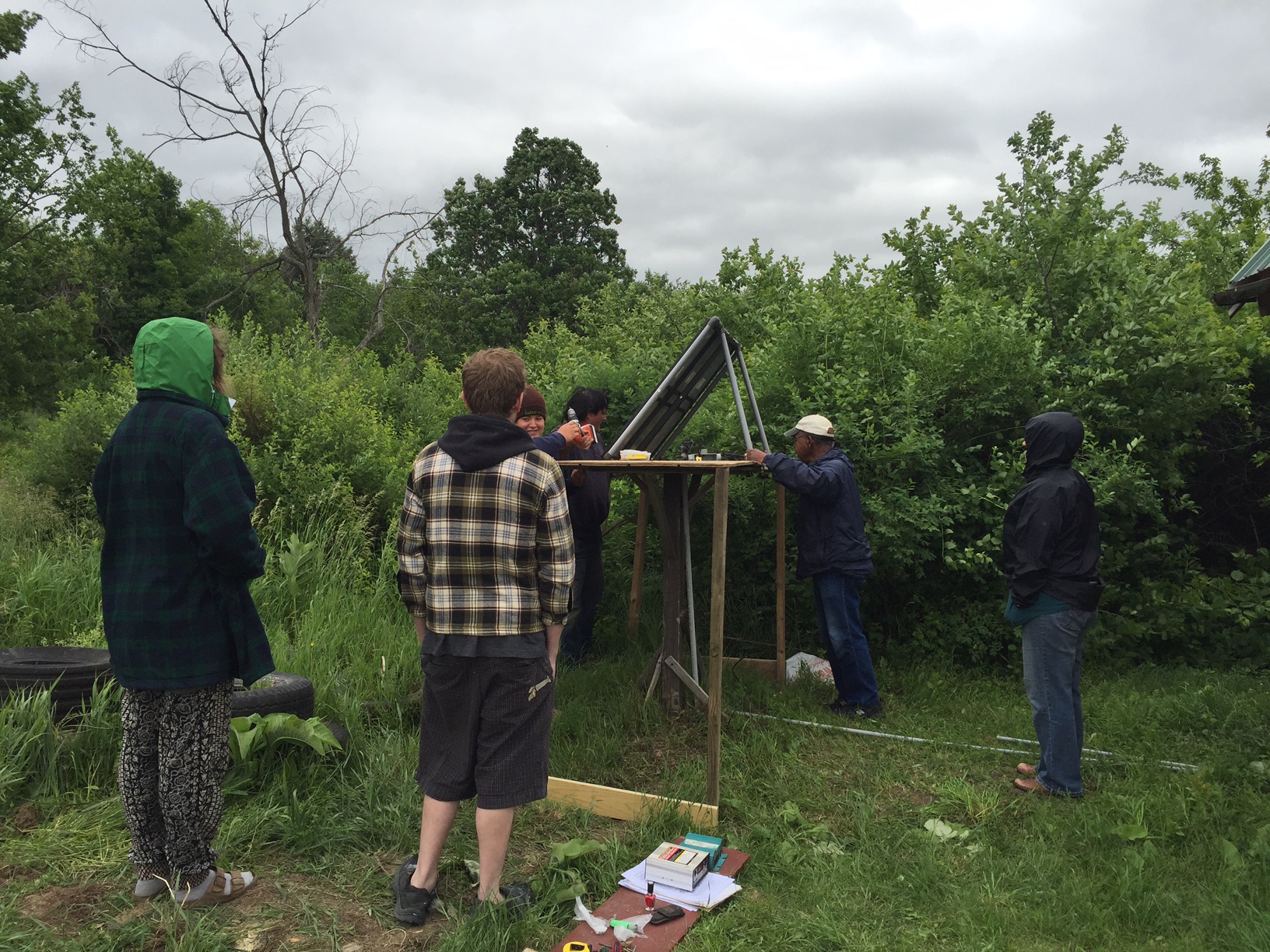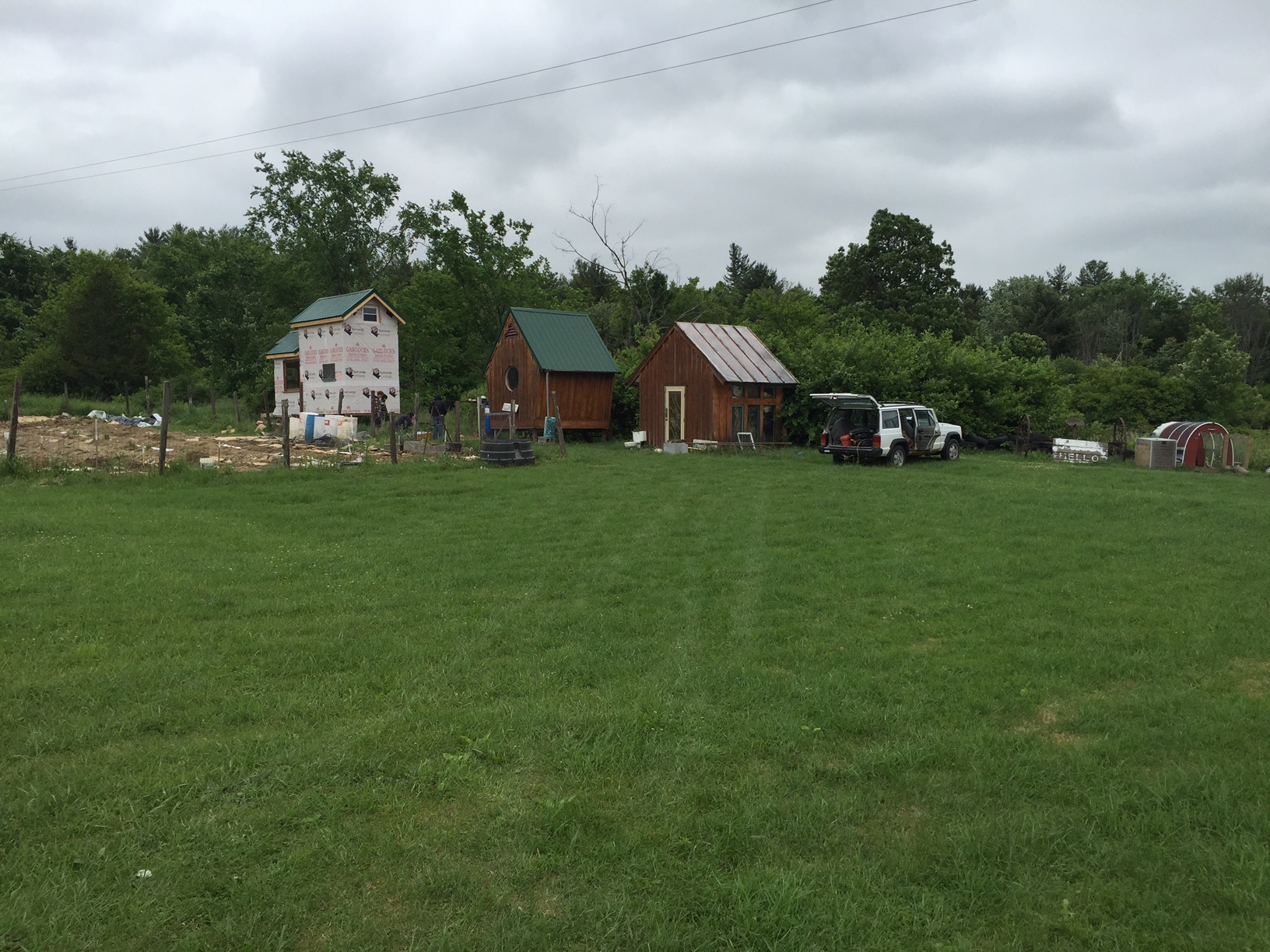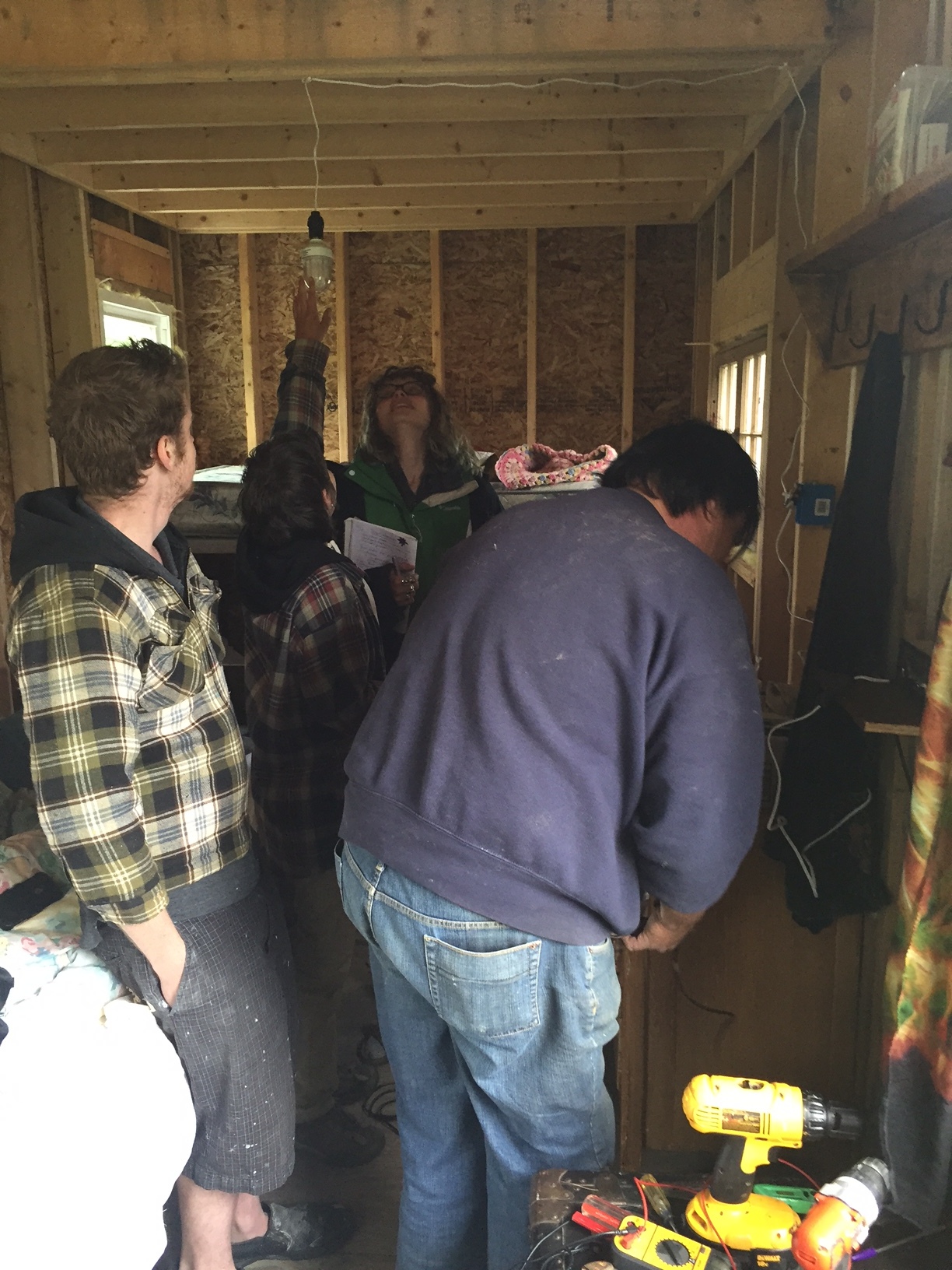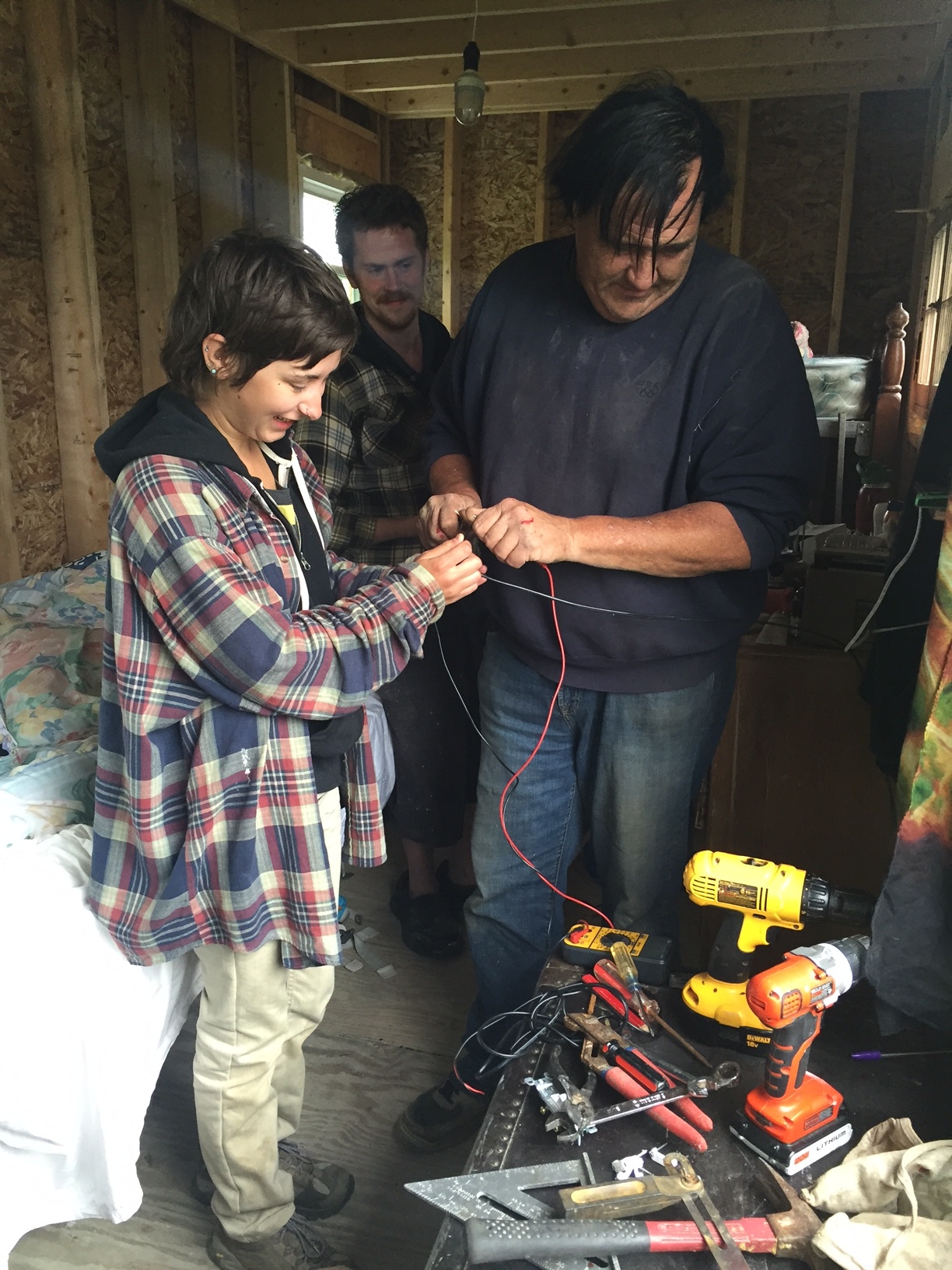As the world progresses into technology, building, creating revolutionising, so does the risk of damage to our ecosystem. We can see it as each year passes. Hotter summers, colder winters. Global warming is taking hold. While some people aren’t taking much attention to what is going on around them, there is action that everyone could take. Sometimes focusing on your own ecosystem can have a bigger impact in years to come. This is taking into consider the likes of soil, water and air in your surrounding area. With that in mind, here are some tips on how you can preserve your ecosystem and encourage people to do the same. The more people who get involve in small changes, the bigger impact it can make.
Making the most of water available
Rain is a fundamental part of everyday weather. Some people get more of it that others. But what we can all do is save that rainwater. Installing a rainwater tank in your water to collect rain from the roof, gutters and what falls into can be a great water saver in the future. Rain water can then be used up for things like watering your garden on the hotter days. Therefore underground water reserves in the ground.
Consider your recycling
We can all recycle a plastic bottle and tin can. We should hopefully have different bins that aid us to be more thoughtful about our environment and recycling. But there is still a problem with waste. This is why it’s worth trying to make more of your recycling habits. Perhaps reusing things or recycling things further. Our ecosystem can be affected by waste. The chemicals it can give off but also the damage it can cause to the land.
Make more of your outside space
While you can’t exactly plant hundreds of trees to replace the ones that are being demolished each day, you can make more use of your outside space. Plant trees. But also think about your local community. Perhaps there are green areas that could be used better.
Use recycled products
Buying products in the home that can be recycled is a great way to protect your ecosystem. But also buying products that have been created with recycled goods is just as effective. You are making a point of using alternative products and actually seeing that they are just as good. This may encourage other people to do the same. If people were more responsible with the choices they make they could be helping preserve the ecosystem more than they realise.
Think of your carbon footprint
Finally, making changes to your general habits can be a great way to preserve your ecosystem this summer. Especially as the weather is so good. You could consider leaving the car at home and walking to your destinations. Not only are you saving on the carbon footprint you make, but you are also getting regular exercise.
I hope this has enlightened you in a few different areas where you could make a real change.


















